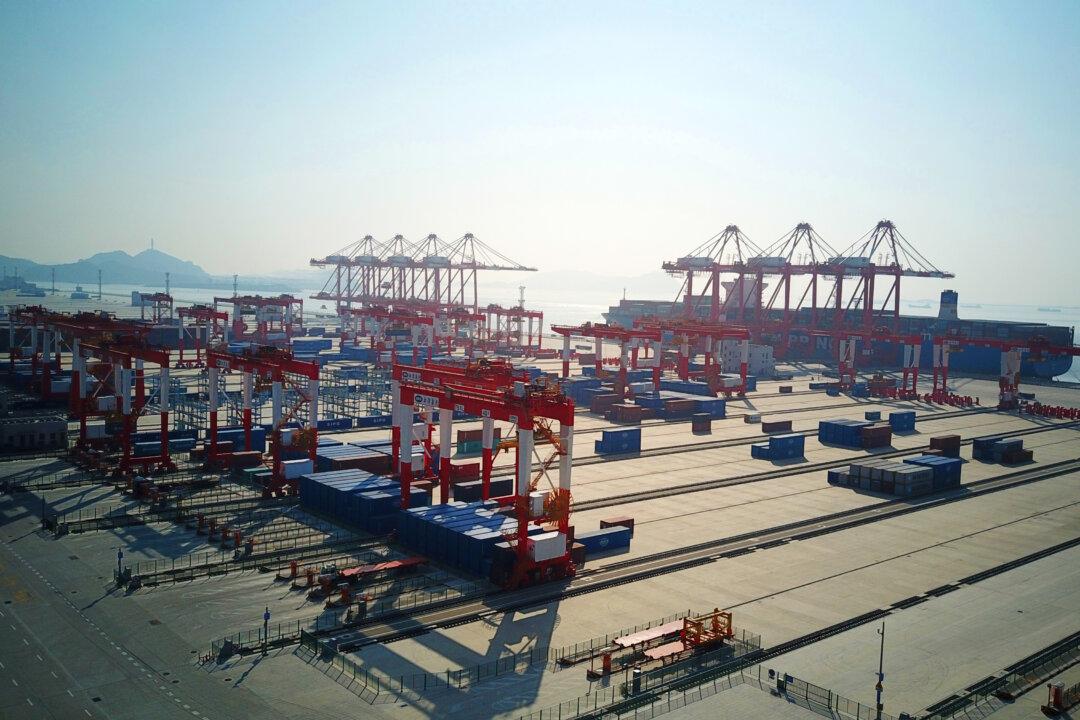Seven was the line in the sand. But the Chinese yuan never crossed that line vis-à-vis the U.S. dollar. It only crept up to 6.96 yuan per dollar on Dec. 16, 2016, before starting an impressive comeback, down to 6.5 in the middle of this year.
Last year was a bad one for the Chinese economy. Growth was slow, and the world was worried China would finally land the hard way, as many have been predicting for years. And more than GDP growth or any other metric, the Chinese currency was the barometer of whether China could keep things stable—stability is the mantra of the ruling communist regime—or suffer a crisis of debt deflation.





